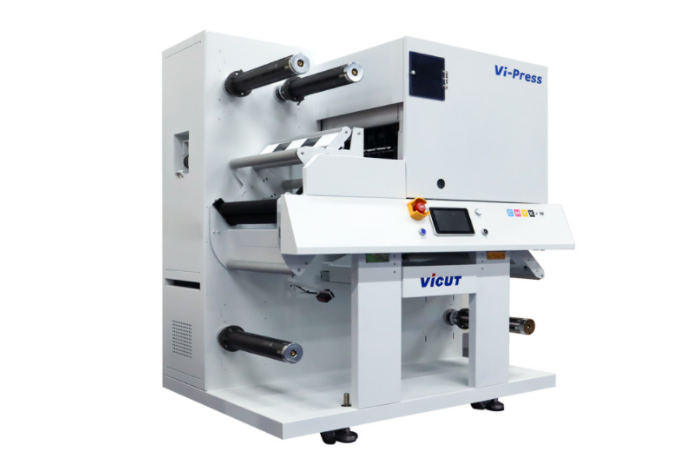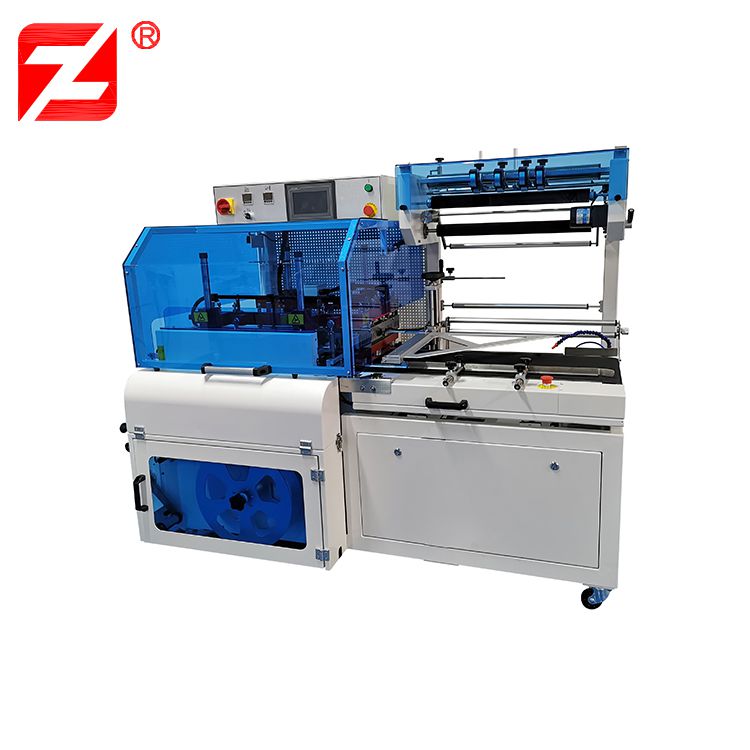What Are Digital Label Printers?
Jul. 23, 2024
Digital label printers encompass electrographic presses, single-pass and multi-pass inkjet printing devices that directly output digital files onto rolls of papers, films, foils, and various materials, adaptable for creating diverse types and sizes of labels.
The requirements for digital label printers differ significantly between producing a few hundred name-badge labels for a social event and manufacturing large just-in-time batches of labels for mass-market food, beauty, or cleaning products. Some customers require durable safety or product labels that withstand water submersion, adhere to oily or powdery surfaces, or endure long-term exposure to harsh chemicals.
Digital printing also caters to fast-turnaround orders, label designs featuring color photographs or fine gradients, and labels incorporating variable data such as QR codes, barcodes, serial numbers, batch numbers, lot numbers, and expiration dates.
Types of Labels Explained
Prime Labels: These feature brand imagery, vibrant graphics, and key marketing messages, enhancing product visibility and appeal.
Digital Prime Labels: Utilizing advanced presses, these labels can include high-resolution images and brand-specific colors, ensuring striking visual impact.
Informational Labels: Positioned on the back of packages, these text-heavy labels provide vital details about ingredients and product usage.
Clear Film Labels: Mimicking direct printing, these labels on bottles, cans, or plastic tubes create a seamless, integrated look with the container.
Safety Labels: Essential for equipment and products, these labels warn users about potential risks associated with usage.
Product Identification Labels: These labels identify manufacturers, part numbers, and serial numbers for various products and components.
Multi-Layer/Expanded Content Labels: Featuring peel-open layers, these labels reveal additional content like usage instructions, coupons, or promotional materials.
In-Mold Labels: Applied during manufacturing via blow molding, injection molding, or thermoforming, these labels integrate seamlessly with containers.
Wrap-Around Labels: One-piece labels for bottles, these combine branding elements with essential information such as barcodes and nutritional details.
Heat Transfer Labels: Known as "tagless labels," these are fused onto apparel using heat, replacing traditional sewn-in tags for comfort and brand visibility.
Featured content:Is Your Small Brewery Equipment Meeting Quality and Safety Standards?
Feed Pelletizer for Sale: Compare Models for Best Value!
How Does Zinc Plating Transform Modern Manufacturing?
Key Benefits of Poultry Feed Processing Machines Explained
Why Choose a Plate and Tube Fiber Laser Cutting Machine?
Nut Roasting Machine vs. Traditional Methods: Which Is Better?
How Can Household Waste Sorting Machines Reduce Stress?
Resealable Labels: Found on snack foods, wipes, and perishable goods, these labels enable easy resealing after opening, preserving product freshness.
Die-Cut Labels: Custom-shaped labels tailored to brand identity or container shapes, enhancing visual appeal and product recognition.
Domed Labels: Featuring a durable, scratch-resistant plastic coating, these labels add a distinctive, three-dimensional look to brand identification.
Each label's construction is tailored to its specific application, ensuring durability and readability throughout its intended lifecycle.
Industrial digital label presses are versatile machines capable of producing a variety of products on white, clear, and laminated flexible films. They cater to diverse needs, from industrial product labels and food and beverage labels to beauty products and pharmaceutical packaging. Some presses excel in printing materials for flexible pouches and promotional window decals.
Branding labels designed to capture attention on store shelves often feature eye-catching enhancements like metallic foils, textured surfaces, and even scents. For durability, a robust label might combine a protective laminating film over screen-printed ink on a waterproof substrate, secured with a permanent, strong-bond adhesive.
Types of Digital Label Printers Explained
Industrial Label Printers: These are designed to complement flexographic, screen, or offset presses used by label converting companies. They produce a wide array of labels in various sizes for consumer product manufacturers. Some models integrate seamlessly with existing cutting and finishing equipment.
Business and Commercial Label Printers: These cost-effective devices empower smaller manufacturers, shipping departments, and retailers to print labels in-house, reducing dependence on external suppliers.
Commercial Label Printers for Print Service Providers: Tailored for providers not requiring extensive finishing equipment, these printers handle smaller label ranges and volumes, serving startups, event organizers, and marketing firms effectively.
High-Speed Small-Format Printers: Deployed in retail settings, fresh-food markets, industrial plants, and healthcare facilities, these printers facilitate just-in-time and on-demand label production.
Desktop, Tabletop, and Handheld Label Printers: Ideal for offices, mailrooms, and shipping centers, these printers generate barcodes and shipping labels as needed.
Desktop Label Printers: Utilizing aqueous dye inks for mailing labels and aqueous pigment inks for durable, water-resistant labels, these devices offer versatility in various office environments.
How to Choose the Best Qifeng Oil Machine?
Top Bale Press Machine Exporters: Maximize Your Profits!
Why Choose Stainless Steel Conical Tanks Today?
HDPE Plastic Baler: Top 5 Benefits for Effective Recycling
What to Consider When Buying a Mixing Tank for Sale
Key Benefits of Waste Depackaging Machines for Businesses
Types of Dehumidifiers: Choosing the Right One for Your Needs
118
0
0
All Comments (0)
Previous: None
Related Articles
If you are interested in sending in a Guest Blogger Submission,welcome to write for us!












Comments